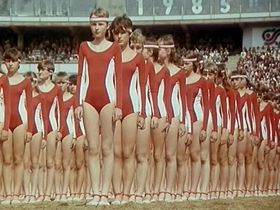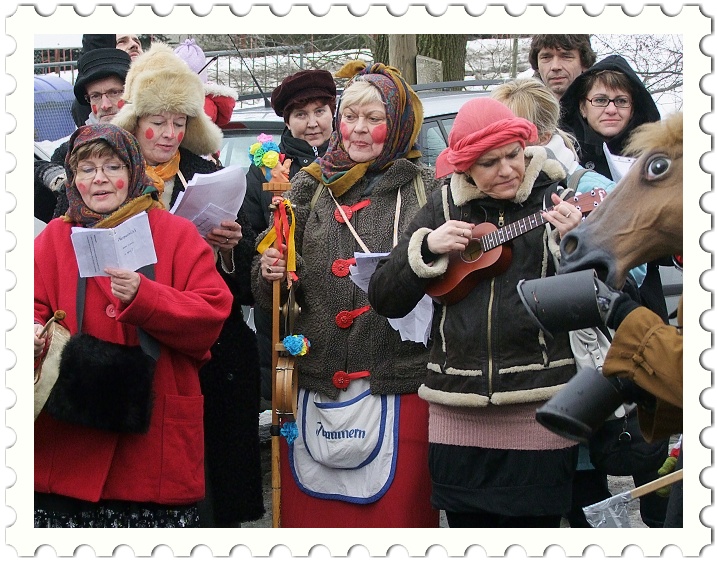Czech Art
Art has a storied history in the Czech Republic. Rudolph II, Holy Roman Emperor and King of Bohemia, was both a collector and a patron of the arts, who encouraged Czech artists to pursue their work. In 1583, when Rudolph II moved the Habsburg capital from Vienna to Prague, Czech art gained a momentum that continues today.
Although this was a turning point in Czech art history, it was not the beginning. Czech art stretches back tho the Přemyslid Dynasty. Czech artists also hold strong ties to the later traditions of Gothic, Baroque, Romanticism, and Realism. Art Nouveau found footing in the Czech lands through the artwork of Alphonse Mucha.
Twentieth century Czech art has seen a particular revival. Prague contains some of the quintessential examples of Cubist architecture, as seen in the house below. With the advent of World War II, Skupina 42 (Group 42) emerged as a prominent set of Czech artists influenced by Futurism, Cubism, Constructivism, and Surrealism. Active primarily through the 1940s, Skupina 42 continued to influence Czech art throughout the 20th century. In recent years, accomplished and controversial Czech artists emerged in photography (Jan Saudek) and sculpture (David Černý).
To begin your research of art history in the Czech lands, you may find these call number ranges and subject headings helpful:
Dewey Decimal Call Numbers: 709.437-709.4372 (General Art History for Czechs)
Library of Congress Call Numbers: N6823-6834.5
Library of Congress Subject Headings:
- Art, Czech
- Art--Czech Republic--Bohemia
- Art--Czechoslovakia
- Art, Czech--20th century
- National Museum in Prague, Online CollectionsThe collection of the National Gallery in Prague is home to a sizable collection of Czech art. Much of their permanent collection can be easily accessed via their online database, including images in the public domain.
Unique Czech Holidays
This multi-day celebration occurs before the start of the Lenten season. Masopust is rooted in pagan tradition. It generally celebrates the end of winter, the coming of spring, and the beginning of Lent. Villages celebrate Masopust by wearing costumes and masks, going from house to house, drinking, eating, dancing, and singing. Popular costumes include a bear, who goes around scaring the children of the village, a bear wrangler, devils, chimney sweeps, Rychtář (man with mare's head), and a wide variety of animals. Masopust often ends with a pig roast on Fat Tuesday. Although this holiday is most popular in Moravia, you can find celebrations throughout Bohemia.
Pálení čarodějnic (Burning the Witches) - April 30
The origin and purpose of this holiday is not precisely known. Many believe it celebrates the end of winter and the coming of spring. Witches were believed to have the power to keep the winter months long. To rid the witches of their power, a bonfire is built and an effigy of a witch is burned. The men of a village typically build the bonfire and the women assemble the effigy. Traditionally, this event occurs on a hilltop, but in more recent years it occurs in a variety of locations. Villagers gather at night to burn the effigy, cook sausages over the fire, sing, dance, drink, and be merry.
May 1 is a public holiday in the Czech Republic because it is Labor Day (International Workers' Day). However, Czechs also celebrate Love Day on May 1 in commemoration of Karel Hynek Mácha's classic poem Máj. Tradition holds that a girl should be kissed under a cherry blossom tree so that she will remain beautiful for the entire year. For those living in Prague, a trip to Petřín Park to kiss under the statue of Mácha (pictured on the right) is customary. Read Mácha's full poem here: Máj.
Czech Sports
 Sports such as football , hockey, cross country skiing, and snowboarding are popular in the Czech Republic. The Czech National Football Team and the Czech National Hockey Team maintain great followings both domestically and abroad.
Sports such as football , hockey, cross country skiing, and snowboarding are popular in the Czech Republic. The Czech National Football Team and the Czech National Hockey Team maintain great followings both domestically and abroad.
Although popular sports reign supreme in today's Czech Republic, from 1955 to the 1989 mass, physical exercise events held a strong presence. These were known as the Spartakiads and were used by the regime as mass propaganda. Held every 5 years, with few exceptions, these performances could include up to 750,000 performers with millions of people watching. Performers came from across Czechoslovakia and varied in both age and gender. To accommodate the large number of performers, the Spartakiads were held in Strahov Stadium, the second largest sports facility in the world.




